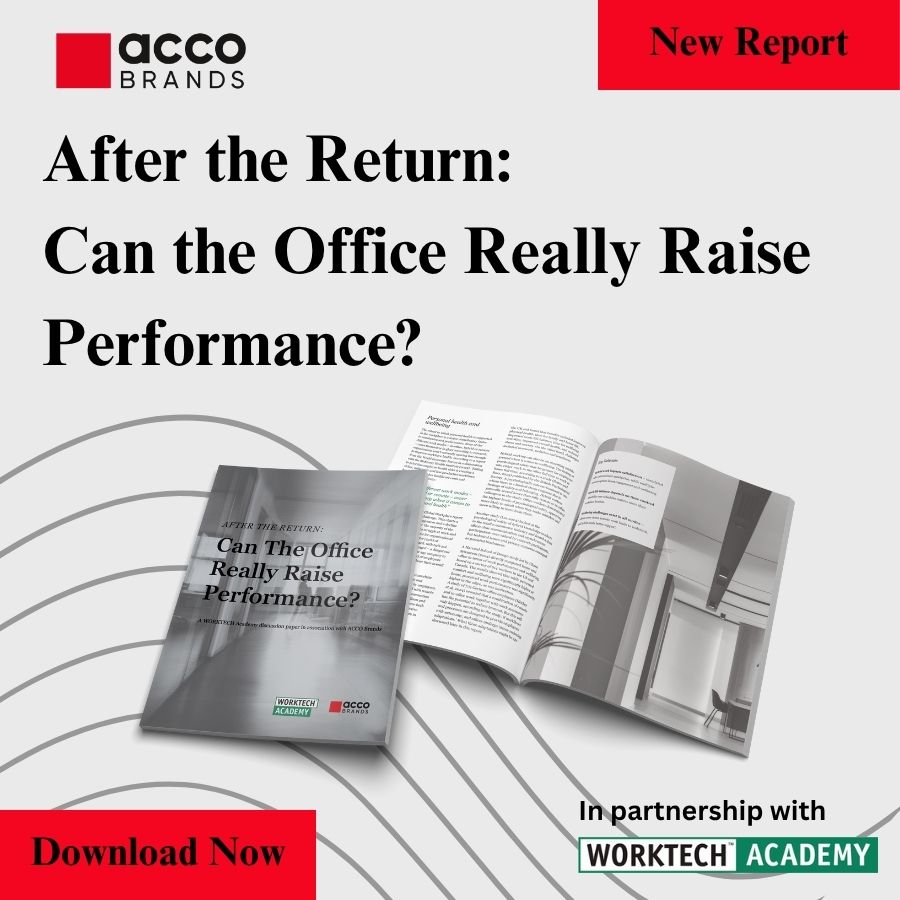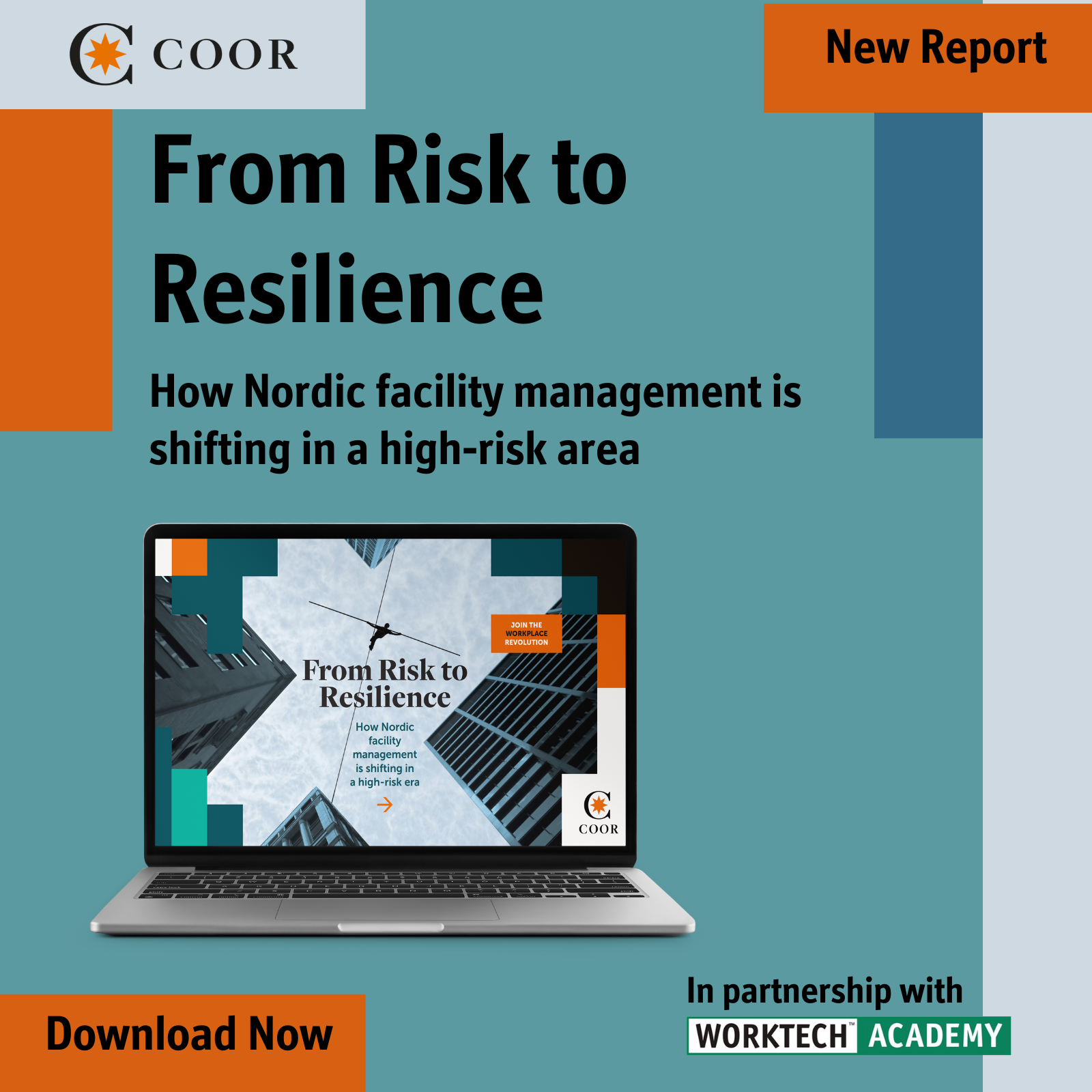How building social infrastructure can solve workplace isolation
Loneliness doesn’t vanish at the office – it can spread, drain productivity and drive people to quit. Building real connections at work is now a business imperative
We’re more digitally connected than ever before, yet so many of us still feel lonely. What happens when we feel isolated, even when we’re not alone? These feelings don’t just disappear when we head to the office. So, what can we do about loneliness at work?
That’s the big question discussed during a recent SXSW ‘Working to Solve our Loneliness Epidemic’ session. Led by JLL’s Christian Beaudoin, Global Head of Marketing, and organisational psychologist Dr. Constance Noonan Hadley, this fireside chat wasn’t a corporate kumbaya – it was a wake-up call for business leaders stuck in a ‘traditional’ workplace mentality when our ways of working have shifted dramatically, and for anyone who feels lonely at work.
Loneliness at work matters
At this point, most business leaders see that mandating everyone return to the office in a highly structured manner isn’t the only solution for the future of work. Post-quarantine, the push for in-office days has been met with considerable resistance across all types of businesses.
Even as employees are getting accustomed to being back in the office more often, ‘top talent’ values work-life balance, flexibility and workplace experience, when those values are reflected in an organisation, many employees convert to ‘office advocates.’
A critical point for executives is that loneliness isn’t good for your bottom line because it affects productivity and talent retention. Dr. Hadley’s research found that lonely employees are 40% more likely to quit, leading to high turnover costs. Not only that, but loneliness can spread among people.
‘Loneliness starts as an incident, becomes a pattern, and then becomes kind of a syndrome,’ Hadley explained. ‘And one of the ways that it can spread in organisations is that if you are lonely, you start to have more withdrawal and defensive behaviours… that can make other people feel a bit lonely…. We know a lot about behavioural mimicry and emotional contagion and how that can spread.’
Staving off workplace loneliness is not as simple as just bringing everyone together, being in the same location at the same time.
‘While time together is certainly critical, there’s no direct correlation between the number of days you’ve been in the office and how connected you feel,’ Beaudoin revealed. ‘Before the pandemic, when most of us weren’t spending as much time remote… some people were still lonely in the office.’ In fact, three years before the Covid-19 pandemic hit, Vivek Murthy, former U.S. Surgeon General, wrote about ‘Work and the Loneliness Epidemic’ in Harvard Business Review.
Forcing employees back to the office may even increase loneliness if done without consideration for their preferences, according to Hadley. ‘Loneliness is, in part, this feeling of not mattering. People don’t care about you. They don’t care what you think. They don’t care who you are. They’re not paying attention to you.’
Solving the loneliness problem at work
So, what’s a forward-thinking company to do? It’s time to get strategic about social connection. This isn’t about mandatory fun (we’re looking at you, awkward office happy hours). It’s about creating what Hadley calls ‘social infrastructure’ – incorporating connection into the process of how work gets done.
‘The frequency of connection is much more important than the volume of it’
‘The bottom line of a social infrastructure strategy is that it matters a lot less what those opportunities are. You don’t need to overcomplicate it…What matters is that it is a regular routine, part of the way that work gets done.’ The key is to show that each employee matters to the team, to the firm and to the work. Companies need to be creative and flexible in their approach to workplace and people strategy.
Dr. Hadley urged companies to start measuring employee satisfaction (including loneliness) and its impact on productivity metrics. ‘We all know data drives decisions, so start calculating what’s going on in your organisation,’ she said. For employees from security guards to CEO, she advised you to intentionally and genuinely connect with colleagues and try new things to grow your network.
As we navigate the future of work, addressing loneliness isn’t just humanitarian – it’s a business imperative. Companies that crack the code on meaningful workplace connection won’t just have happier employees; they’ll have a serious competitive edge.
Read more about how to create a more connected workplace in this guide by JLL, Beyond ping pong: How to create magnetic workplaces.








